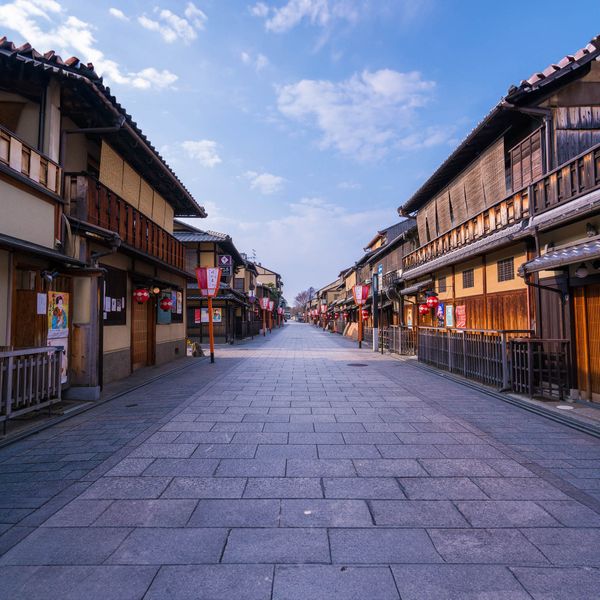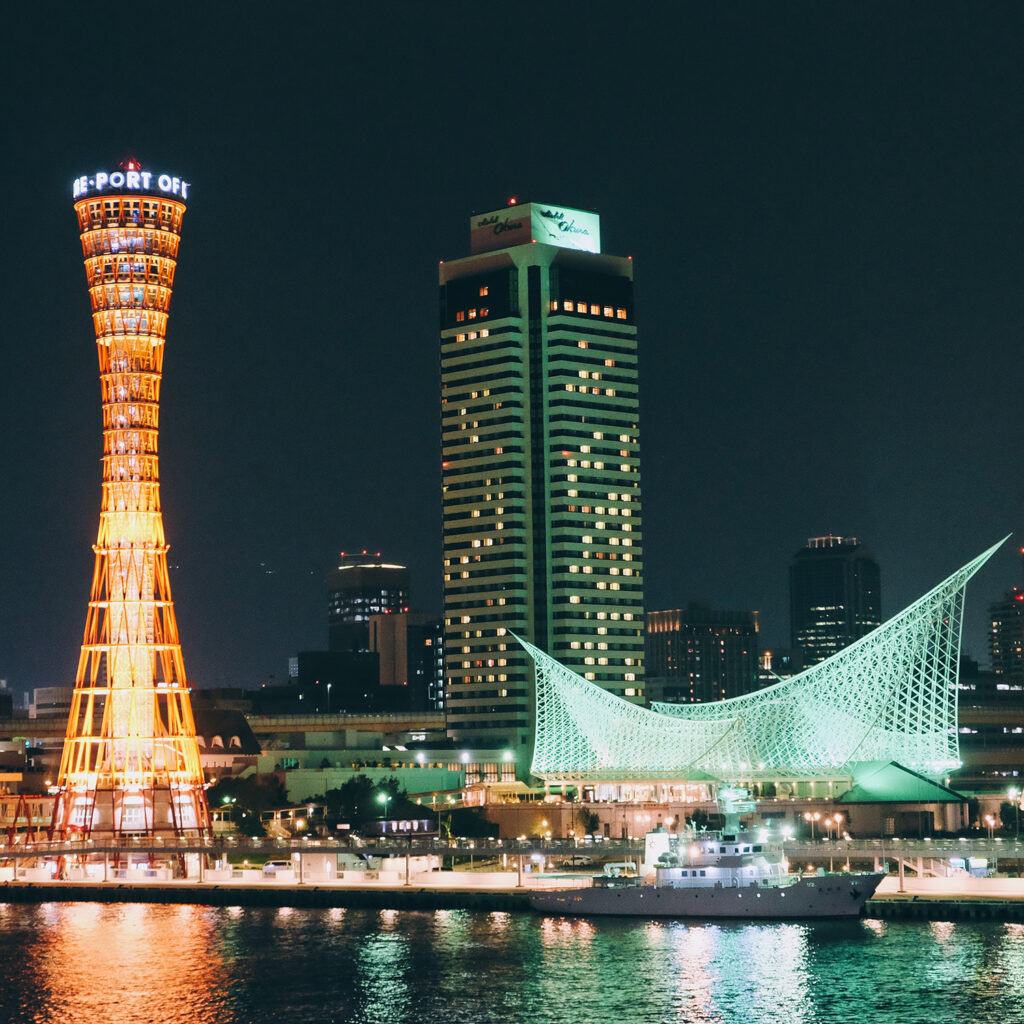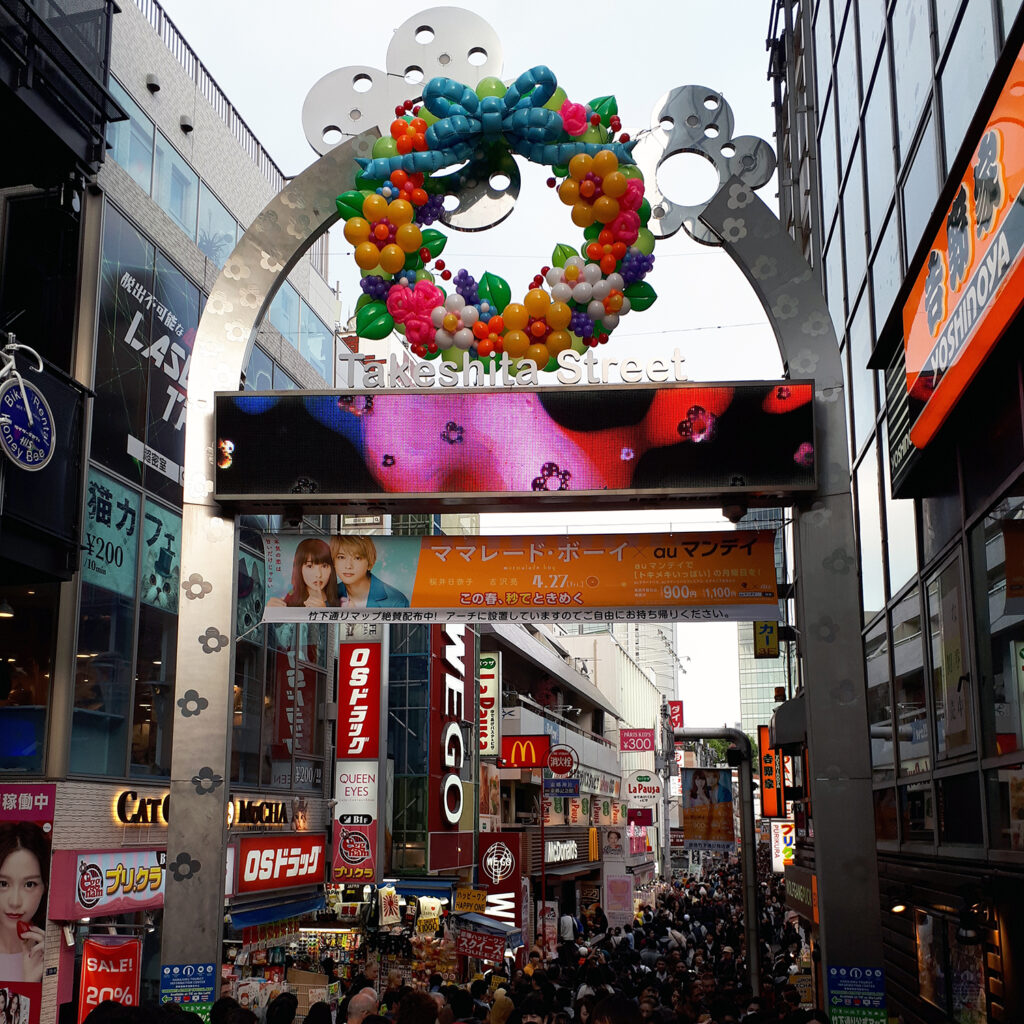Kyoto, the imperial capital of Japan for over a millennium, is a city that exudes history and tradition. At the heart of this culturally rich metropolis lies the Gion district, an iconic place where past and present meet harmoniously. In this article, we will explore the unique charms of the Gion district.
A Historical Overview of Gion
Gion is a neighborhood located in the Higashiyama district of Kyoto. It is famous for being the district of geishas, traditional Japanese artists who excel in the art of dance, music and conversation. Gion’s history dates back to the Middle Ages, when the area began to develop as an entertainment district.
The Geishas of Gion
One of Gion’s main attractions is the continued presence of geishas and maikos (apprentice geishas) who wander the neighborhood’s cobblestone streets. These elegantly dressed women, with their sumptuous kimonos and delicately made-up faces, embody the elegance and grace of traditional Japan.
Gion is also known for its “ochaya”, teahouses where geishas and maikos entertain guests by playing traditional music, dancing and participating in refined conversations. Meeting a geisha in Gion is a unique experience that offers valuable insight into ancient Japanese culture.
The Architecture of Gion
Gion is renowned for its preserved architecture, reminiscent of the Edo era and feudal Japan. The narrow streets are lined with wooden houses with traditional architecture, creating an atmosphere that seems straight from another era. Gion’s teahouses and restaurants are particularly notable for their authentic aesthetic.
The Shijo Bridge, which connects Gion to other areas of Kyoto, is an icon of Gion. This bridge spanning the Kamogawa River is a popular place to observe the passage of geishas and maikos on their way to their engagements.
The Gion Matsuri Festival
Gion Matsuri is one of Japan’s most famous festivals, and it takes place every July in Gion. This festival dates back over a thousand years and celebrates the purification of evils and the vow of protection against natural disasters. The streets of Gion are adorned with beautifully decorated floats, and locals participate in traditional dances.
The Kitchen of Gion
Gion is also renowned for its fine cuisine. Many traditional restaurants, called “kaiseki ryori,” serve delicate meals consisting of several elegantly presented dishes. These meals offer a dining experience that highlights seasonal ingredients and traditional Japanese culinary techniques.
Visiting Tips
If you are planning to visit Gion, here are some helpful tips:
- Respect the privacy of geishas and maikos. Take photos discreetly and do not interrupt them during their engagements.
- Walk through the streets of Gion in the evening. The neighborhood comes alive when the lanterns are lit and the atmosphere becomes magical.
- Reserve in advance for a meal at a kaiseki restaurant. These establishments are popular, and a reservation is often necessary.
- Attend Gion Matsuri if you’re in Kyoto in July. It’s a unique opportunity to immerse yourself in traditional Japanese culture.
Conclusion
Kyoto’s Gion district is a cultural treasure that offers a fascinating insight into Japanese history and tradition. From its elegant geishas to its preserved architecture, Gion is a journey through time that will transport you to Japan’s golden age. When visiting Kyoto, don’t miss the opportunity to experience the magic of Gion.
To learn more about the wonders of Kyoto, continue exploring our website and reading our articles about this iconic city of Japan.



